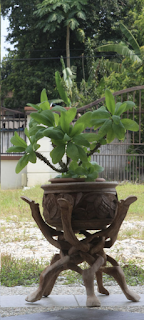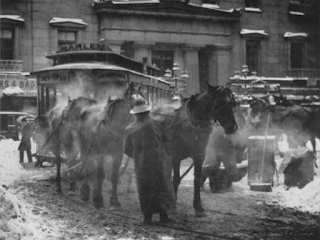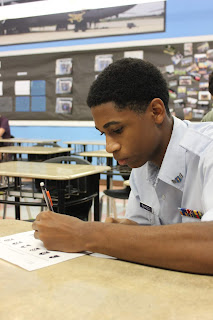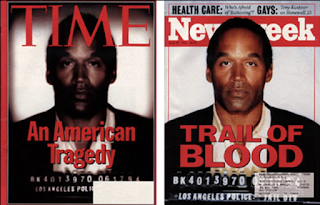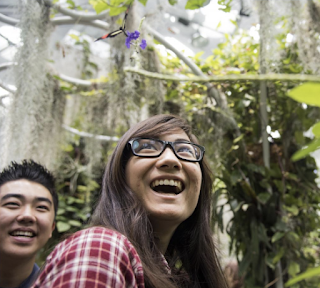Abandoned Theme Parks
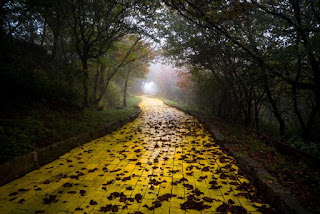
1. Which amusement park featured in the two articles would you like to visit and take your camera along and what about that park makes you want to go there? I would like to visit Land of Oz in Beech Mountain, North Carolina. It doesn't look so scary and since it's abandoned, there won't be people getting in your shots if you wanted to have a model to pose on the yellow brick road or going into a castle. Also, The Wizard of Oz movie turned into an amusement park is great. To see it abandoned would be terrifying but more realistic than having people walking everywhere, even in the forest. 2. What are 5 other unusual places photographers would be interested in? 1. The Musee des Egouts in Paris, France 2. Icehotel in Jukkasjarvi, Sweden 3. Las Pozas in Xilitla, Mexico 4. Winchester Mystery House in San Jose, California 5. Hanging Coffins of Sagada in Mountain Province, Philippines. 3. Why do you think it would be fun to document Las Pozas? Tell me...

